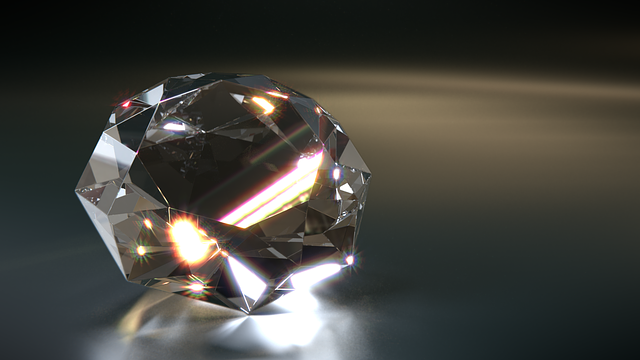Diamonds, with their timeless allure, hold an eternal fascination for many. Yet, behind every dazzling gem lies a carefully chosen setting that elevates its splendor to new heights. Selecting the ideal setting is paramount, not just for structural integrity, but also to accentuate the diamond’s brilliance and reflect your unique style.
Read this guide and embark on a journey through the world of diamond settings—unraveling their diverse types, characteristics, and suitability—to empower you in finding the perfect match for your precious gem.
Demystifying Diamond Settings
In essence, a diamond setting is the metal framework that cradles the gem within a piece of jewelry. It not only offers support but also serves as a canvas for showcasing the diamond’s brilliance and allure. Ranging from classic solitaires to intricate halo designs, the world of settings is rich with options to suit every preference and occasion.
When exploring the diverse world of diamond settings, consider seeking expert guidance from reputable sources such as those at regalhattongarden.co.uk to ensure your journey to finding the perfect setting is both informed and exquisite.
Top of Form
Exploring Setting Varieties
a. Prong Setting: This traditional favorite employs metal claws or prongs to secure the diamond, allowing maximum light penetration for enhanced sparkle.
b. Bezel Setting: Embracing the diamond with a metal rim, the bezel setting provides both security and a sleek, modern aesthetic.
c. Pave Setting: Utilizing closely set small diamonds, the pave setting blankets the band, creating a scintillating surface of brilliance.
d. Channel Setting: Diamonds snugly nestled within a channel formed by parallel metal walls offer a seamless and elegant look, commonly found in wedding bands and eternity rings.
e. Halo Setting: Encircling the center diamond with a ring of smaller stones, the halo setting amplifies its radiance, casting a mesmerizing glow.
f. Tension Setting: With no visible support, the tension setting gives the illusion of the diamond floating between metal bands, embodying modern sophistication.
g. Cluster Setting: Grouping multiple diamonds closely imparts the illusion of a larger stone, often seen in vintage-inspired designs.
Key Considerations in Selection
a. Diamond Shape: Different diamond shapes may require specific settings to showcase their beauty optimally, influencing the choice of setting.
b. Lifestyle and Durability: Your daily activities should dictate the level of protection needed for your diamond, guiding you towards more secure settings for active lifestyles.
c. Budgetary Constraints: Setting prices vary based on complexity and metal choice, necessitating a predetermined budget to explore suitable options.
d. Personal Style: Your individual taste and aesthetic preferences should ultimately dictate the choice of setting, ensuring it resonates with your unique personality.
Personalization and Maintenance
Many jewelers offer customization options, allowing you to tailor the setting to your exact desires, from metal type to additional embellishments. Regular maintenance by a professional jeweler ensures the longevity and beauty of your chosen setting.
Conclusion
In essence, the selection of a diamond setting is a profound decision, requiring careful consideration of various factors to ensure a harmonious union between gem and metal. By understanding the nuances of different settings and aligning them with your preferences, you can embark on a journey to create a jewelry piece that not only captivates people with its brilliance but also embodies your individuality. Whether it’s a classic solitaire or a contemporary tension setting, the perfect diamond setting serves as a testament to your unique style and enduring elegance.

